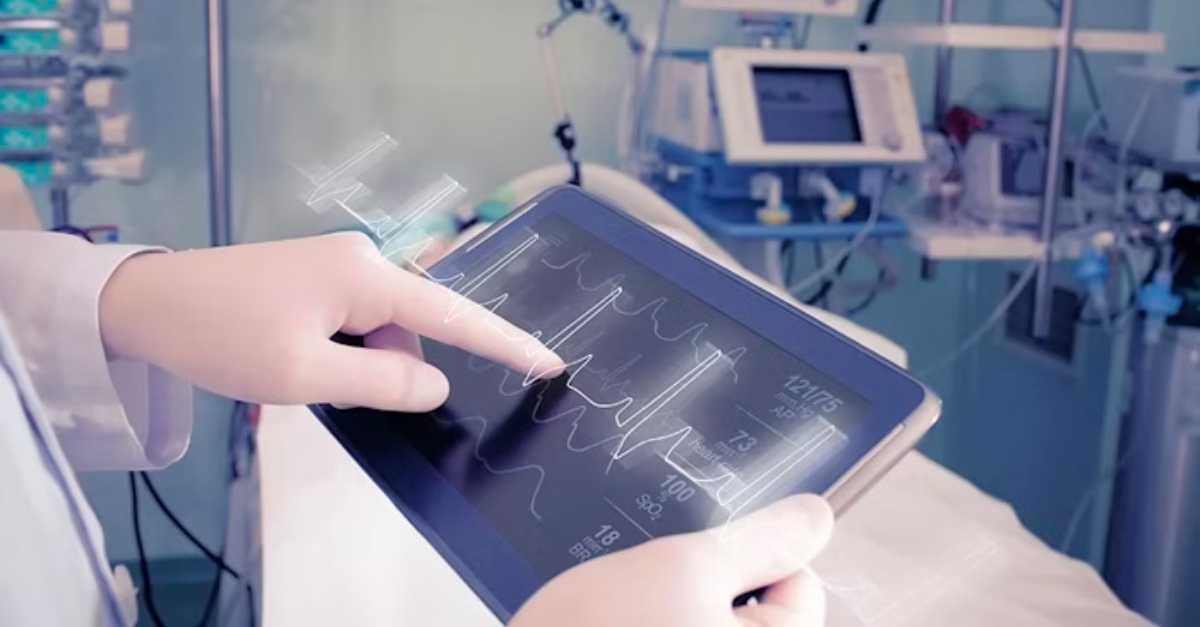
The Pulse of Purchasing Hospital Equipment
Explore pulse purchasing of hospital equipment and explore the challenges of identifying actionable and non-actionable data.
Solutions
Workplace Management Solutions
Real Estate Management Solutions
Maintenance Management Solutions
Energy Management Solutions
Engineering Document Management Solutions
Asset Management Solutions
Automate campus scheduling for classes, meetings, and exams with our EMS software.
Plan and manage conferences effortlessly with EMS software to impress guests and streamline operations.
Boost workplace flexibility and maximize space use with seamless desk and room booking.
Organize workplace or campus events smoothly, creating memorable experiences.
Optimize workspace, manage allocations efficiently, and reduce costs with our space management solutions.
Deliver projects on time and within budget by improving communication, collaboration, and efficiency with our software.
Streamline lease accounting for ASC 842, IFRS, and GASB compliance.
Manage leases efficiently by tracking key dates, analyzing costs, and ensuring compliance.
Centralize data and analytics for better insights, faster negotiations, and revenue growth.
Centralize facility and asset maintenance, automate work orders, and ensure compliance with our CMMS software.
Extend asset life, reduce downtime, and prevent costly repairs with data-driven monitoring.
Prevent equipment failures and extend asset life by detecting and addressing issues early.
Make sustainable, cost-efficient energy decisions by monitoring and optimizing power consumption.
Remotely monitor and control equipment with real-time data to predict issues, boost efficiency, and reduce downtime.
Easily share and collaborate on documents, creating a single source of truth for engineers and contractors.
Manage and analyze assets across their lifecycle to schedule maintenance, reduce downtime, and extend lifespan.
Improve visibility, automate work orders, and ensure compliance for efficient facility and asset management.
Resources
Browse our full library of resources all in one place, including webinars, whitepapers, podcast episodes, and more.
Support
Looking for access to technical support, best practices, helpful videos, or training tools? You’ve come to the right place.
About Accruent
Get the latest information on Accruent, our solutions, events, and the company at large.

Explore how an automated equipment distribution workflow can establish trust among nurses so that equipment is available when needed.
By Todd Stewart, Vice President Enterprise Workflow Solutions
But there are ways to address these issues and ensure equipment is where it should be, so patients can get the care they need and can leave the hospital on-schedule. Let’s say you’re a nurse at a hospital and you’re in a consult with a doctor. It’s determined that the patient needs several different medications which must be administered via intravenous (IV) therapy. As a nurse, you’re already thinking about the last time you needed an IV pump, and it took 3 hours to get one.
In the past, when this type of situation arises, what nurses have done is “hide” equipment to ensure its available. This process of hiding equipment repeats itself until everyone seems to have their own little stash. The next thing you know, all the pumps are seemingly stashed away and when someone needs a pump, no one can find any. Worse yet, the clinical engineering team is negatively impacted in completing scheduled preventive maintenance on the pumps since they can’t locate the equipment.
The reason the nurses hoard the equipment is they don’t trust that clean, patient-ready equipment will be available when needed. The nurses adapt their behavior to work around the problem.
With an automated equipment distribution workflow solution, hospitals can re-establish trust among the clinical staff by allowing them to request the equipment via an online portal. Real-time visibility into the equipment requests, what’s being ordered by whom, where and how often, coupled with tracking technology helps drive real-time workflows.
Equipment hoarding can create “perceived shortages” which often leads to purchasing more equipment unnecessarily. Health systems typically have enough equipment available to meet demand. But the lack of efficient workflow automation pertaining to equipment distribution means equipment isn’t always readily available when needed. This lack of equipment availability leads to hoarding and perceived shortages which drives the purchase requisitions for more equipment.
Unfortunately, many hospitals fall victim to “I guess we have to buy more”. But there’s a better way. Health systems can stop wasting money on equipment that they don’t need.
Automating equipment distribution workflow to re-establish trust, eliminate the need to hoard equipment, improve preventive maintenance completion rates and avoid unnecessary capital spend is within reach.
Without an automated workflow solution, a nurse might have to call the unit clerk who would in turn call the supply desk to send the equipment. If the supply desk staff isn’t available, the unit clerk leaves a voicemail. Two hours later, the unit clerk goes home and the nurse still doesn’t have the IV pump.
The closed-loop process drives real-time situational awareness at every step of the way. Everyone is informed of what’s happening – in real time – with every request across the entire health system. In terms of re-establishing trust, changing behavior and culture, and driving better patient outcomes, a workflow solution is a powerful tool. Now, nurses can get away from managing equipment and get back to delivering patient care.
A closed-loop equipment distribution process affects other groups within the hospital environment. If you’re a biomed director, your department is often responsible for repairing the equipment. With tracking tags on the equipment, at any point in time, the biomed department can find the equipment to complete the scheduled work. Because there isn’t more equipment than is actually needed, the biomed department doesn’t have more work than it can handle.
If you’re in supply chain, materials management, or support services, you’re often asked, “Why aren’t you bringing my stuff on time?” You can change that dynamic. In fact, you can focus on service-level response times and request fulfillment instead of service recovery, driving equipment availability and equipment utilization to new levels.
Explore pulse purchasing of hospital equipment and explore the challenges of identifying actionable and non-actionable data.
A modern, purpose-built CMMS solution can help your healthcare organization improve asset and equipment availability, simplify compliance, enhance ...
See how medical equipment data can be part of a broad strategic vision for managing investment in medical equipment.
Subscribe to stay up to date with our latest news, resources and best practices